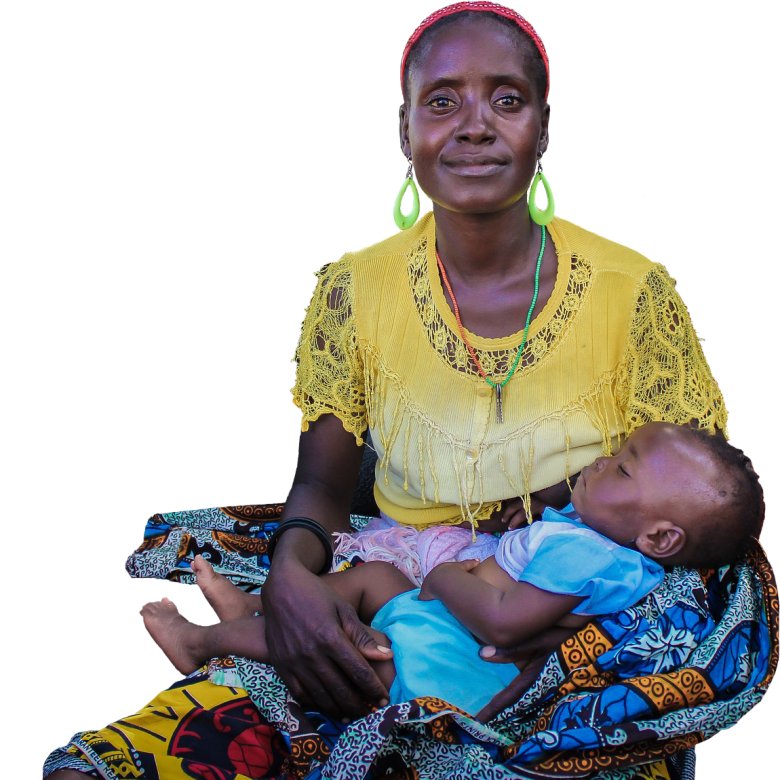A world free of TB is possible by 2045, new report says
Ahead of World TB Day on 24 March, The Lancet Commission on Tuberculosis has published findings that estimate the savings from averting a TB death are three times the costs and may be much greater in many countries.
Tuberculosis can be treated, prevented and cured, yet it kills 1.6 million people a year, more people than any other infectious disease, with drug-resistant forms of TB threatening control efforts in many parts of the world.
Despite existing treatments, global research investment must increase by four times to transform TB outcomes.
Even more funding could be necessary in countries with the highest burdens of the disease, including India, which had 421,000 deaths in 2017, Nigeria (155,000), Indonesia (116,000), South Africa (78,000) and Bangladesh (60,000).
Accountability mechanisms to ensure promises are kept, and targets are reached, are also needed.
“This report is optimistic about ending TB. However, there is no room for complacency in our work, and we must act quickly and strategically to save the next generation from TB,” says lead Commissioner Dr Eric Goosby, UN Special Envoy on Tuberculosis.
The WHO first declared TB a public health crisis in 1993, and in 2018 the UN made ending the disease a global priority. This included ambitious goals to treat 40 million people, and to prevent 30 million new cases between 2018-2022.
Scaling up existing interventions
The Commission says the first priority for high burden countries is to ensure that high quality diagnostic tests and treatments are available for all people with active TB.
Many people with the disease, especially the poorest, cannot access or afford services, and health systems are often slow to identify and investigate cases, meaning patients do not complete treatment or recover.
Currently more than a third of TB cases are not diagnosed or treated. The authors call for universal access to drug susceptibility testing at diagnosis to ensure that all patients are given appropriate treatment, including access to second-line treatment for drug-resistant TB.
Reaching high risk groups
Identifying groups at high risk of TB infection, including people with HIV, people living in the same house as someone with TB, migrants, prisoners, healthcare professionals, and miners, and bringing them into care will be vital.
This should include offering TB prevention, such as treating latent TB. This is particularly important in people with HIV, where risk of co-infection is high, and TB is the leading cause of death.
Ban Ki-moon, former UN Secretary-General says: “Tuberculosis kills more people than any other infectious disease; it disproportionately affects the poor and vulnerable; and drug-resistant strains threaten all of humanity. All of this means the case for prioritising tuberculosis elimination within UHC reforms is unchallengeable.”
Investing in TB
However, even if current treatments were extended to 90% of people with TB, and 90% were successfully cured, existing efforts would have failed to avert 800,000 deaths in 2017.
Affected countries, donor nations, private sector, and philanthropies must also devise effective financing strategies to end the TB epidemic.
The initial global costs to reduce TB deaths by 90% (from 1.7 million per year to less than 200,000 a year) could be around US$10 billion a year, and investments would need to increase by about US$5 billion a year initially. These costs would reduce as the number of new cases goes down.
More public finances must be allocated to TB (from increasing GDP levels, taxing tobacco and alcohol, and by increasing health insurance) in addition to increased investment in local expertise and infrastructure.
Global donors also need to invest more wisely. Currently, only 24% of global health aid goes to global functions that could help multiple countries, such as research and development, negotiating for lower prices for TB drugs, and leadership and advocacy.
This funding should be extended to include a focus on reducing drug-resistant TB to avoid cross-border spread and ensuring high risk groups are identified and cared for potentially through social insurance schemes.
Report co-author Dr Michael Reid, University of California San Francisco, USA, says: “While there are many challenges to ending TB, we have the potential right now to address this problem. We have rapid, sensitive diagnostic tools, and the promise of potent TB treatment strategies in the pipeline.
“In addition, TB control strategies, new health technologies, sustained global economic growth, increased commitment to achieve universal health coverage, and growing political momentum could all make ending TB within a generation more feasible than ever before. With sound science, political will, shared responsibility, TB is a solvable problem.”

